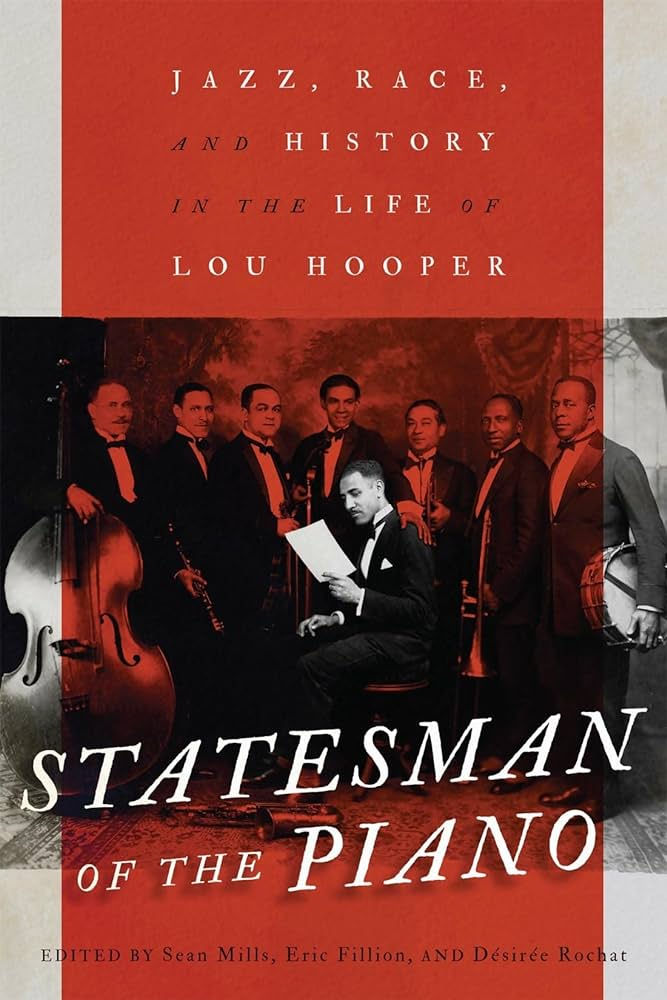Toop crafts his history of free improvisation
- Jury Kobayashi

- Aug 26, 2023
- 4 min read
Updated: Sep 20, 2023

Into the Maelström: Music Improvisation and the Dream of Freedom (before 1970) David Toop
A review by Jury Tosh Kobayashi
A Descent into the Maelström, an 1841 short story by Edgar Allan Poe, tells the tale of a
fisher being swept into a horrifying whirlpool. The story is a fictionalized (and exaggerated)
description of the Moskstraumen, a strong area of whirlpools found in the Norwegian Sea. The allusion to the horrifying whirlpool described by Poe serves as a multi-layered metaphor from which Toop crafts his history of free improvisation.

To be stuck in a whirling vortex, overwhelmed by stimuli, where you can only focus on the now, is one way of picturing the experience of performing free improvisation. Free improvisation, Free Jazz, Free Music, are all names to describe an often-misunderstood
phenomenon (sometimes described as a genre) of music(s) that arose globally sometime in the past century. Fractured histories and ideological differences, crowd the discussion of free
improvisation in such a way that makes the history of this practice contestable and nearly impossible to discern. Yet David Toop throws himself full heartedly into the project. Into the Maelström (2015) is the first volume (we’re still waiting on the second) of Toop’s history of free improvisation wherein Toop endeavours to weave together the early disparate histories of the practice and the experience of being a free improviser himself. As I suggested earlier, the title of the book can be thought of as a metaphor for the way the act of freely improvising feels to the performer. It serves to situate Toop in his impossible task of being stuck in the whirling area of contradictory histories that create this music and is also a reference to what Toop shows is one of the first pieces of freely improvised music “Descent into the Maelstrom” (1953) by pianist Lennie Tristano.

Free improvisation (sometimes referred to as a genre of music and sometimes referred to
as an approach to making music) can be thought of as improvisation free from rules or genre-based expectations for how to improvise. Any definition (such as the one I just gave) is easily disproved because the music itself is filled with contradictions which makes any claim to accurately describing the practice suspect. Even referring to it as music might not be entirely correct as many artists who perform it are often not musicians, don’t want to be classified as musicians or working in the close but not quite musical field of sound art. Toop fills the book with examples of such artists to help enrich our understanding of this complex history.
Toop is well suited for the task being a performer of free improvisation and having
previously written books on similar subjects. He handles the subject well with providing insider knowledge while also writing accessibly for the uninitiated. Toop is never reductive and lets the complexity of free improvisation shine through, which is not a simple task. Anecdotes about the task and experience of improvising help to nuance the picture of this music while also keeping the interest of the reader by breaking up the dense historical material. What impresses me most about Toop’s book is his addition of popular music instances of freeness. The Who’s infamous 1967 performance of My Generation on The Smothers Brothers show (made famous by the film The Kid Are Alright) rears its head. The spontaneous smashing of the instruments and the feedback feel akin to the more extreme DIY free improvisers which to Toop’s point seems to be an early example of popular music embracing free improvisation. Toop also draws attention to the work of Yoko Ono and John Lennon, another important moment of the history of this practice that is frequently overlooked.
Another significant aspect of Toop’s work is his incorporation of examples from all over
the world. He includes the often-neglected work of the Japanese short lived art ensemble, Group Ongaku. Toop connects scenes from around the world but never falls victim to homogenizing or simplifying how these scenes connect and intertwine; his scope is massive yet not overwhelming.

This book detours from the usual history of free improvisation that generally situates the story as emerging out of either Ornette Coleman or Cecil Taylor’s work in the 50s which then gets spread globally during the 60s. Toop is careful to not discredit this story and instead shows the messy history of similar practices that arose around the world that complemented the so-called Free Jazz movement. The emphasis on literary, visual arts, dance, and other artistic movements come to light through Toop’s narrative and bring much-needed complexity to the history. Toop goes beyond a linear trajectory of spontaneous sound making and instead creates a whirlpool (harkening back to the title of the book) of sound for readers to feast on as they dig into this music practice.
I highly recommend readers to pick up a copy of Into the Maelström if they are interested
in experimental music, jazz, improvised music or curious about an artistic practice that often
goes undocumented. Toop’s writing is clear and persuasive and accessible for readers unfamiliar with the subject. His descriptions of musical examples are helpful for picking out the necessary points for listeners, and his diverse case studies likely will surprise and challenge experienced listeners/musicians of the practice. I am looking forward to part 2!




Comments